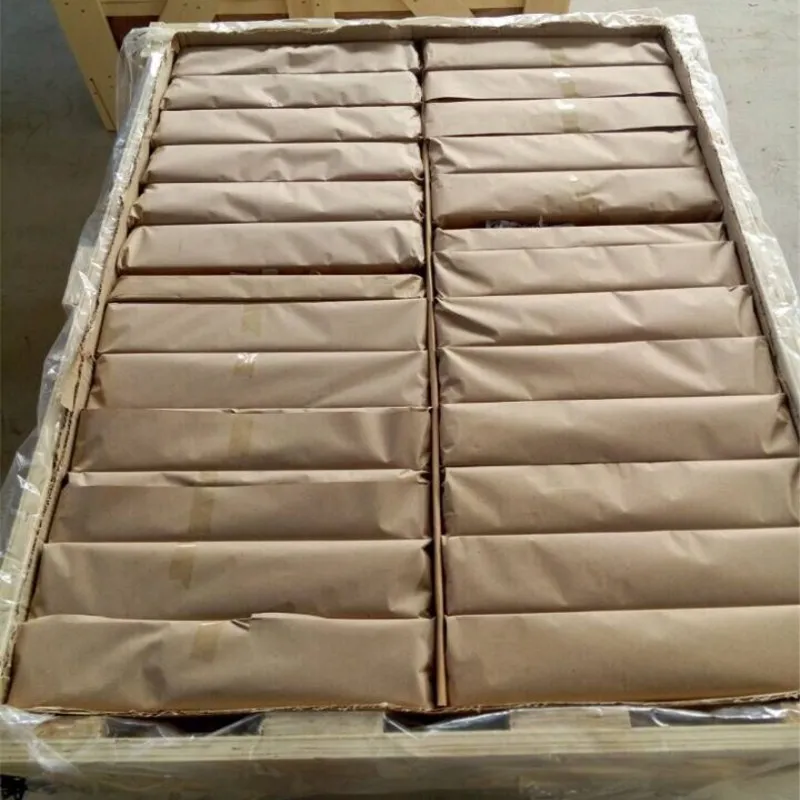Nov . 19, 2024 21:59 Back to list
low e glass window
The Advantages of Low-E Glass Windows A Modern Approach to Energy Efficiency
In recent years, the push for energy efficiency in both residential and commercial buildings has become increasingly prominent. Among various advancements in building materials, low-emissivity (low-E) glass windows have emerged as a significant innovation. These specialized windows offer a myriad of benefits, making them a popular choice for architects and homeowners alike.
Low-E glass is designed to reflect heat, keeping your property warmer in the winter and cooler in the summer. This is achieved through a microscopic coating of metallic oxides that is applied to one side of the glass. The coating allows visible light to pass through while reflecting infrared energy, which is responsible for heat. This unique characteristic makes low-E glass a critical asset in enhancing a building's energy efficiency.
The Advantages of Low-E Glass Windows A Modern Approach to Energy Efficiency
Another vital benefit of low-E glass windows is their impact on indoor comfort. Conventional windows often allow excessive heat to enter during the summer and escape during the winter, leading to fluctuating indoor temperatures. Low-E glass, on the other hand, helps maintain a more stable environment. With a reduced reliance on HVAC systems, homeowners can experience improved comfort levels without the disruptive drafts or overheated spaces that often accompany standard windows.
low e glass window

Beyond energy efficiency and indoor comfort, low-E glass windows also offer enhanced UV protection. Harmful ultraviolet rays from the sun can cause significant damage to furniture, flooring, and artwork over time, leading to fading and discoloration. Low-E windows help block up to 99% of UV rays while still allowing natural light to illuminate living spaces. This means that homeowners can enjoy the beauty of sunlight without the worry of damaging their interiors.
The durability and longevity of low-E glass are additional reasons for its growing popularity. These windows are often manufactured with double or triple glazing, creating an insulating barrier that enhances performance. This structure not only improves energy efficiency but also reduces noise pollution from external sources. The combination of insulation and sound dampening makes low-E glass an ideal choice for urban environments, where external noise can be an annoyance.
While the initial cost of low-E glass windows may be higher than standard options, the long-term benefits more than offset this investment. The reduction in energy bills, enhanced comfort, and improved property value contribute to an attractive return on investment. Moreover, many governments and organizations offer incentives or tax credits for adopting energy-efficient technologies, further encouraging the switch to low-E glass.
In conclusion, low-E glass windows represent a smart investment for anyone seeking to enhance their property's energy efficiency, comfort, and aesthetic appeal. With their ability to manage temperature, reduce energy costs, and provide UV protection, these windows are not just a trend but a staple of modern architectural practice. As more people become aware of the advantages and importance of sustainable living, low-E glass will continue to pave the way towards greener, more efficient homes and buildings. Embracing this technology is not only beneficial for individual households but also contributes to a larger movement towards energy conservation and environmental responsibility.
-
Safety and Style with Premium Laminated Glass Solutions
NewsJun.24,2025
-
Reinvents Security with Premium Wired Glass
NewsJun.24,2025
-
Premium Float Glass Line for Modern Architecture
NewsJun.24,2025
-
Low Emissivity Glass for Energy-Efficient Architecture
NewsJun.24,2025
-
High-Performance Insulated Glass Solutions for Modern Architecture
NewsJun.24,2025
-
Elevates Interior Style with Premium Silver Mirror
NewsJun.24,2025
Related PRODUCTS














